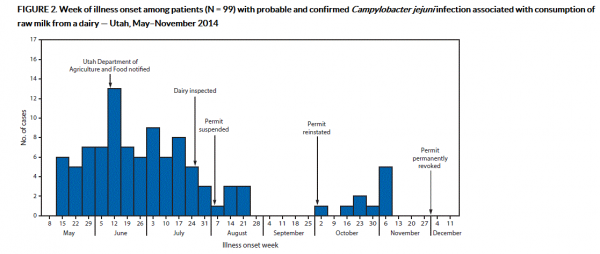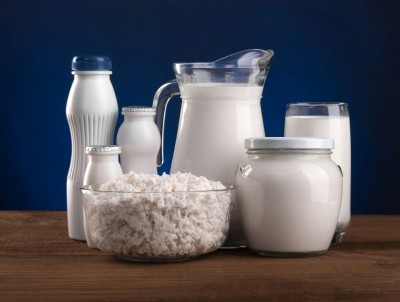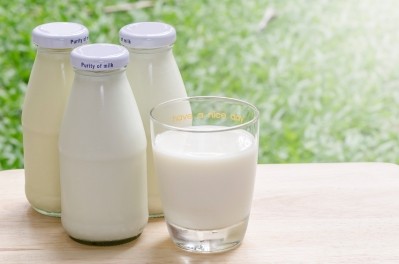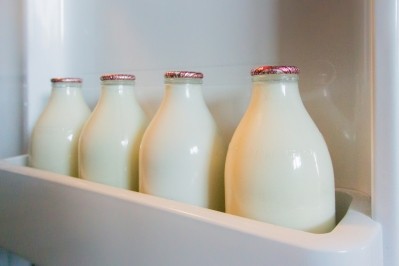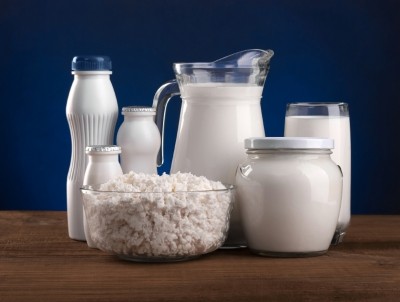Routine testing failed to find raw milk contamination - report
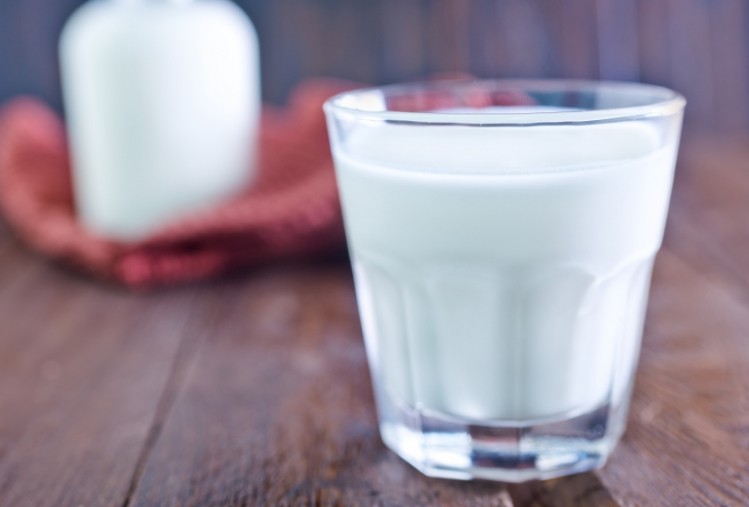
Campylobacter jejuni sickened 99 people (59 confirmed and 40 probable), including 10 who were hospitalized, and one who died, in northern Utah associated with a raw milk dairy.
Routine testing of and standards for raw milk (somatic cell and coliform counts) do not ensure that it is free of pathogens, found the report.
It added consumers should be educated that raw milk might be unsafe even if it meets routine testing standards and the safest alternative is to have pasteurized milk.
Acceptable results in samples
As required by Utah regulation, Ropelato Dairy submitted raw milk samples to Utah Department of Agriculture and Food (UDAF) for bacterial and coliform counts every four weeks. These continually yielded acceptable results before and throughout the outbreak investigation.
Mandatory reporting, timely sample collection, pathogen testing, and on-site milk neutralization likely led to C. jejuni detection.
The report found to limit outbreaks from raw milk, more reliable routine tests are needed that do not rely solely on bacterial, coliform, and somatic cell counts.
Specific pathogen testing for raw milk, in addition to somatic cell and coliform counts, might more readily detect contaminated product, it added.
PFGE patterns linking human isolates from Campylobacter cases with raw milk from Ropelato Dairy provided evidence that led to implementation of control measures.
The Utah Public Health Laboratory (UPHL) told the Utah Department of Health (UDOH) of specimens from three patients infected with Campylobacter jejuni yielding indistinguishable pulsed-field gel electrophoresis (PFGE) pattern in May 2014.
All three had consumed raw (unpasteurized and nonhomogenized) milk from the dairy.
Before this cluster’s identification, the dairy’s routine test results were within acceptable levels (<400,000 somatic cells/mL and <10 coliform colony forming units/mL).
Subsequent enhanced testing recovered C. jejuni in raw milk; the isolate matched the cluster pattern.
Following the FDA’s Bacteriological Analytical Manual (BAM) protocol, the raw milk bulk tank was agitated, and a UDAF inspector collected a 1L sample. This was neutralized on-site to a pH of 7.5 by a UPHL microbiologist and sent to UPHL and UDAF laboratories for testing.
The milk was cultured concurrently at UPHL and UDAF using sheep blood agar. Both UPHL and UDAF isolated C. jejuni; PFGE by UPHL identified the same pattern identified in specimens from the initial three patients.
UDAF tested samples for somatic cell and coliform counts adhering to regulations by the Utah Dairy Act; counts were within the acceptable range despite the positive culture.
The agency suspended the raw milk permit and reinstated it when follow-up cultures were negative. Additional cases of C. jejuni were identified in October, and UDAF permanently revoked the permit to sell raw milk on December 1.
Inspectors visited the dairy on a routine inspection on June 1, before being notified about the outbreak, and on two subsequent outbreak-related inspections on June 12 and July 13.
Ropelato Dairy passed these inspections with no critical violations. During June 1–July 13, three raw milk samples were collected and tested by UDAF for somatic cell and coliform counts. Because no pathogens were detected in the samples, the dairy continued selling raw milk.
Available exposure history
Exposure history was available for 98 patients. Among these, 53 reported drinking raw milk, including 52 who drank it from the implicated dairy.
Entries in the sales ledger during May 1–July 27 documented purchase by 38 (39%) identified patients, among whom 20 (53%) reported having raw milk from the dairy; an additional four (11%) reported raw milk consumption but could not recall the dairy’s name.
The remaining 14 (37%) who purchased raw milk from Ropelato Dairy did not consume raw milk. Among 41 patients with no known raw milk consumption, 21 (51%) reported eating queso fresco, a Mexican-style cheese. A total of 19 (90%) were Hispanic; however, no common source was identified.
No cases of C. jejuni infection were identified from November 4, 2014 to February 2015.
However, after the investigation concluded and the dairy was no longer selling raw milk, a person with campylobacteriosis matching the outbreak pattern was identified on February 19, 2015. This person did not report drinking raw milk.
No campylobacteriosis cases matching the outbreak pattern have been identified since.
